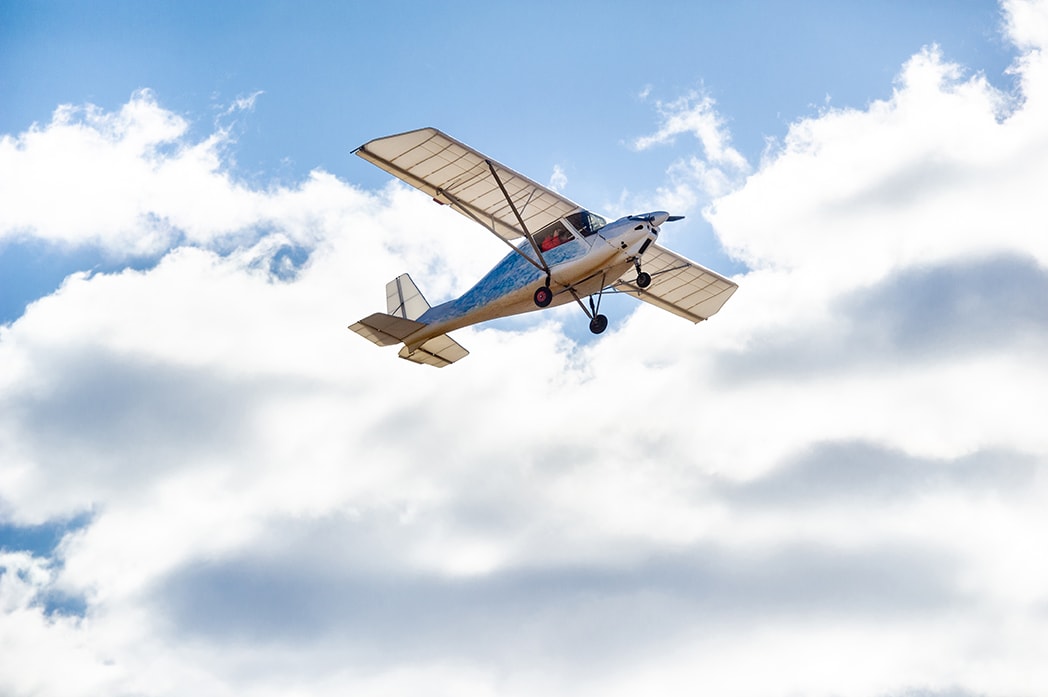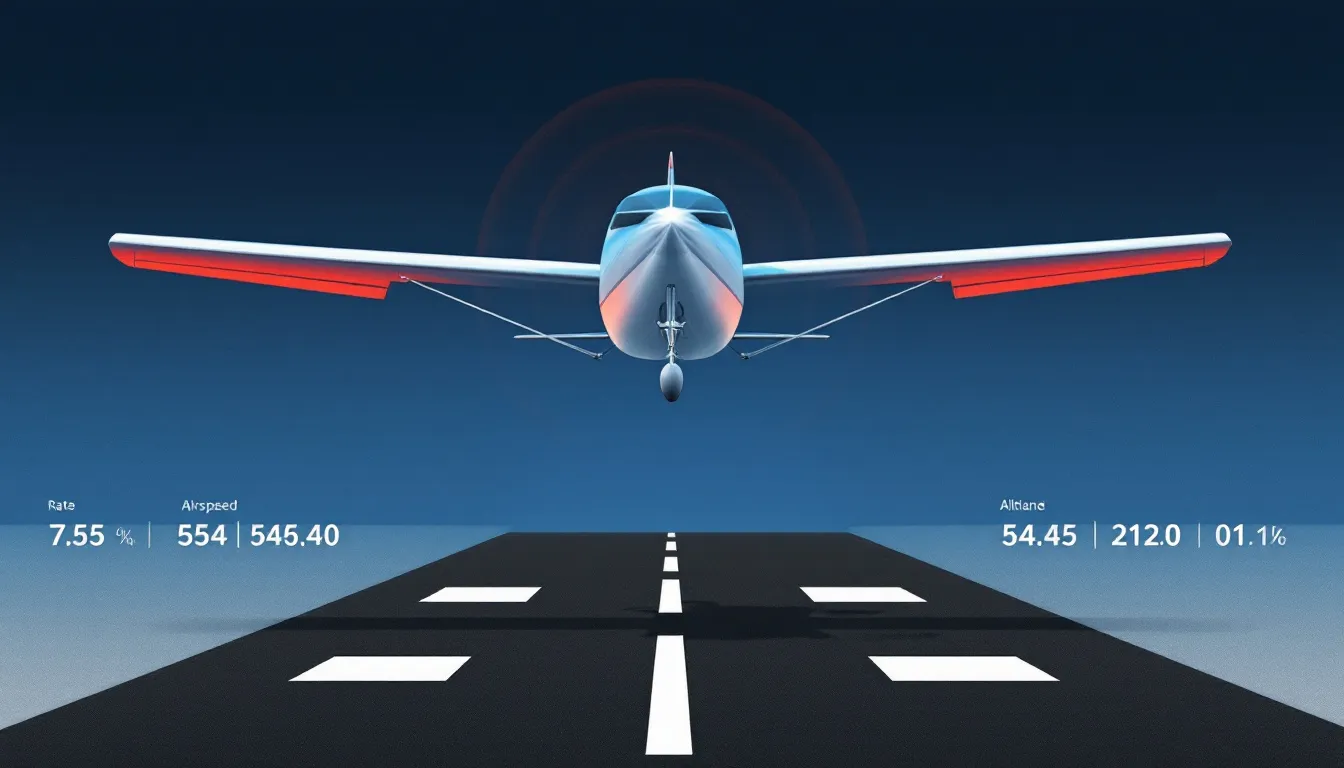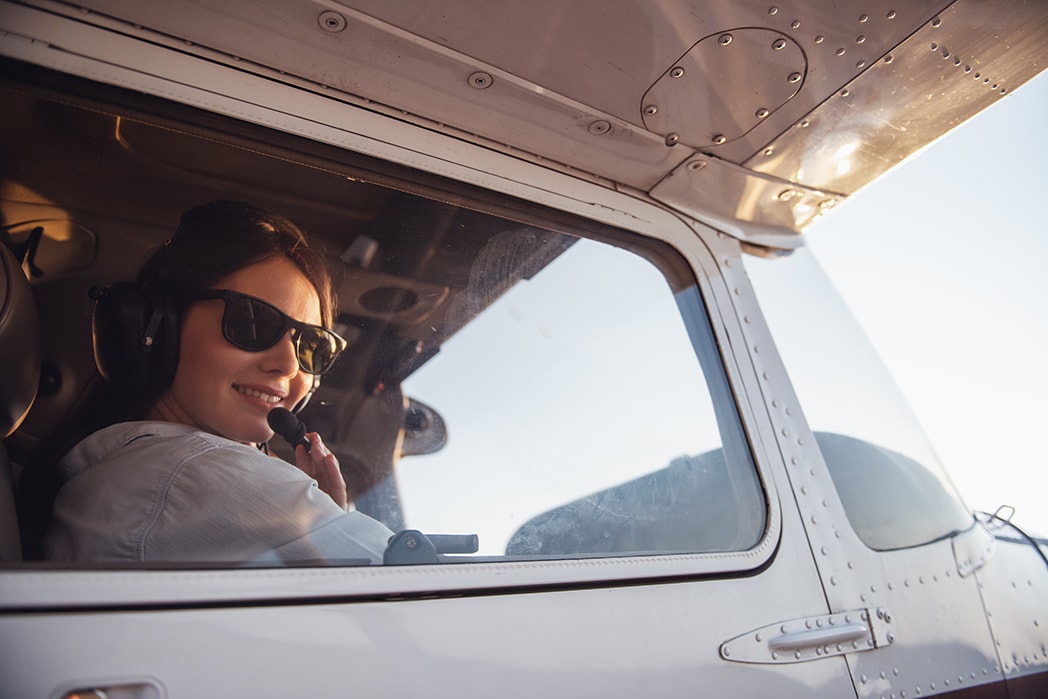Cessna 172 Speeds: Top Performances and Optimal Flight Tips
Apr 22, 2025
V speeds are critical airspeeds that pilots use to safely operate an aircraft in various flight conditions. These speeds help pilots understand the boundaries for safe flight, allowing them to avoid dangerous situations and optimize aircraft performance.
V speeds vary depending on the phase of flight and the aircraft's configuration. For example, in a Cessna 172, key V speeds include Vx (best angle of climb) at 60 knots, Vy (best rate of climb) at 76 knots, and Vno (maximum structural cruising speed) at 128 knots. Knowing these speeds is essential for safe and efficient operation of the aircraft.
Overview of the Cessna 172
The Cessna 172 Skyhawk is a four-seat, single-engine, high-wing, fixed-wing aircraft that has been a staple in aviation since its first production model in 1956.
Renowned for its reliability and ease of handling, the Cessna 172 has become one of the most popular training aircraft in the world.
With a maximum gross weight of 2,550 pounds and a useful load of 1,200 pounds, the 172 Skyhawk is perfectly suited for both flight training and personal flying. Its robust design and excellent safety record make it a favorite among flight schools and private pilots alike.
When comparing Piper Archer vs Cessna 172, both aircraft have similar capabilities, but the Cessna 172 stands out for its widespread use and consistent performance in training environments.
If you’re looking for expert insights on aircraft comparisons, Flight Nerd Air Force is your go-to source for mastering aviation and understanding the performance of aircraft like the Cessna 172.
Critical Airspeeds (V Speeds)

V speeds are important for flying the Cessna 172 safely and efficiently. These speeds tell you how to handle the aircraft in different conditions.
The speed at which you can fly the Cessna 172 without causing structural damage, even in turbulence, is 97 knots. This Va is a buffer to keep control of the aircraft in unpredictable wind or other disturbances.
For level flight in different configurations of the aircraft, stall speed is the indicator of the minimum airspeed before you lose lift. Vno is the maximum structural cruising speed for smooth air and is 128 knots for this model.
It is also crucial to manage the avionics power switch properly to prevent damage during engine starts.
Knowing these V speeds will give you the confidence to fly within the boundaries and reduce the risk of accidents and damage to your Cessna 172 Skyhawk.
Best Angle of Climb and Best Rate of Climb
Climb performance is key when flying a Cessna 172 airplane, especially during takeoff and early climb. You need to know both the best angle of climb (Vx) and best rate of climb (Vy) for different conditions.
In a Cessna 172 you can gain the most altitude in the shortest distance by flying 60 knots indicated at Vx. This is great for getting over obstacles right after departure.
Vy is for the fastest climb at 76 knots indicated. This is handy when you need to get to cruising altitude or avoid sudden changes in terrain.
The effectiveness of these maneuvers (Vx and Vy) depends on the weight in the plane including passengers and fuel that can slow down the speed associated with climb angles.
Changes to the plane itself like engine upgrades or aerodynamic enhancements can increase rates of climb even with heavier gross weights the latter plays a big role in determining the overall characteristics of each flight segment.
172 Cruise Speed

Cruise speed is key to efficiency and travel time. The Cessna 172 cruises at 120 knots which is 138 mph. That’s fuel efficient and gets you to your destination on time.
Cruise speeds for the Cessna 172 are affected by many things. Weight of the aircraft is a big one. Heavier loads means less performance than when it’s lighter. Flying higher can slightly increase cruise speeds due to less air resistance.
External conditions like temperature and wind also impact cruise speeds. Headwinds will slow you down and tailwinds will speed you up. By understanding these factors pilots can plan their flights for maximum efficiency and fuel use.
Maximum Speed and Never Exceed Speed

Flying a Cessna 172 safely means adhering to the speed limits, Vno and Vne. The top safe speed for flying in smooth air is Vno and for this aircraft is 128 knots or 127 KIAS.
If you exceed Vno, especially in turbulent air, you risk damaging the airframe. But Vne is even more critical - the maximum speed you should never exceed and for a Cessna 172 is 160 knots or 158 KIAS. Ignoring this will result in structural damage or loss of control of the aircraft.
You must always monitor these speeds so you don’t exceed them anywhere in flight - that’s for your safety and the aircraft’s.
Approach and Landing Speeds

Approach and landing speeds are key to a smooth and safe landing in the Cessna 172. These speeds vary with flaps and configuration. For a plain approach no flaps, 65 knots is the recommended speed. With full flaps 55-65 knots is the recommended speed.
With full flaps down the 50 foot speed is 59 knots, plenty of float before touchdown. The stall speed drops with flaps down to 41 knots. Higher landing speeds will float you down the runway and if you try to touch down nose wheel first you’ll bounce.
Proper approach and landing speeds and flap usage is key to a safe and smooth landing in the Cessna 172.
Factors Affecting Cessna 172 Speeds
The Cessna 172’s speed is affected by several things, with the weight of the aircraft being the biggest one. As you add passengers, cargo and fuel the Cessna will slow down and lose climb performance.
Understanding c172 weight and balance is crucial, as it directly impacts the aircraft's performance in terms of both speed and handling.
Meteorological conditions also play a big role in how fast the Cessna will fly. Headwinds will slow it down and tailwinds will speed it up. Climbing to higher altitudes will incrementally increase cruising speeds as the air resistance decreases.
Engine performance and speed is affected by temperature changes. Cooler temperatures boost engine efficiency. Pilots and flight planners need to understand these factors so they can make informed decisions for efficient flight planning and management of the Cessna 172.
Practical Tips for Managing Flight Speeds
Managing the airspeed of your Cessna 172 is key to safety and performance. For terrain clearance hold at the best angle of climb speed (Vx) and for altitude acquisition hold at the best rate of climb speed (Vy).
When landing, follow the recommended approach speeds and use flaps when needed for better control during descent. Don’t exceed the maximum structural cruising speed (Vno) and never exceed the airframe’s maximum speed (Vne) to avoid damage and safe operation.
By following these tips you’ll have safe and efficient flights in a Cessna 172.
Training and Certification

The Cessna 172 is a staple in pilot training programs around the world because of its gentle flying and robust construction.
Student pilots go through comprehensive training which includes ground school and flight training. The curriculum covers all the basics such as aircraft systems, weather, navigation, regulations and emergency procedures.
To get certified pilots must pass a series of exams and check rides to show they can fly the aircraft. The Cessna 172 is so user friendly it’s the perfect platform to learn the fundamentals of flight.
Conclusion
The Cessna 172 Skyhawk has been in production for over 60 years. It’s reliable, easy to fly and has a great safety record so it’s a top choice for flight training and personal flying.
With a Lycoming O-320 engine, standard fuel system and fixed tricycle landing gear the Cessna 172 is a versatile and reliable aircraft. Whether you’re a student pilot just starting out or an experienced pilot looking for a reliable aircraft the Cessna 172 is the way to go.
Frequently Asked Questions
What is the maneuvering speed (Va) for the Cessna 172?
To maintain a safety margin during turbulent conditions, the Cessna 172 has a maneuvering speed (Va) set at 97 knots.
What is the best angle of climb speed (Vx) for the Cessna 172?
The best angle of climb speed (Vx) for the Cessna 172 is 60 knots indicated airspeed (KIAS).
This speed maximizes altitude gain over distance during a climb.
How does weight affect the Cessna 172’s cruising speed?
Weight directly affects the cruising speed of a Cessna 172, as a heavier load results in decreased performance and slower speeds compared to when the aircraft is lighter.
Thus, minimizing weight can enhance cruising speed and overall efficiency.
What is the never exceed speed (Vne) for the Cessna 172?
The maximum speed at which a Cessna 172 should be operated, known as the never exceed speed (Vne), is 160 knots, which corresponds to an indicated airspeed of 158 KIAS.
Maintaining this speed threshold is vital for the safe operation of the aircraft.
What approach speed should be used when landing with full flaps in a Cessna 172?
For a Cessna 172 landing with full flaps, a recommended approach speed is 59 knots at the 50-foot mark to ensure a safe and stable touchdown.
